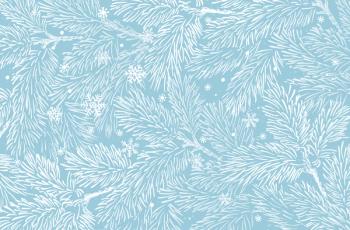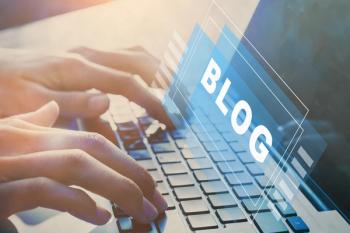
Best of the Week: Hyperspectral Imaging, Spaceborne Biomarkers, FT-IR Microscopy
Top articles published this week include an article on classifying space debris, a report on a new fiber-dispersive Raman spectrometer, and an examination of Fourier transform infrared (FT-IR) microscopy.
This week, Spectroscopy published various articles that covered many topics in analytical spectroscopy. This week’s articles feature techniques including hyperspectral imaging, Raman spectroscopy, FT-IR microscopy, and atomic spectroscopic techniques. Below, we’ve highlighted some of the most popular articles, according to our readers and subscribers. Happy reading!
In the latest “Chemometrics of Spectroscopy” column, Jerome Workman, Jr. and Howard Mark discuss the development of an expert calibration system (ECS) for spectroscopic-based process analytical chemistry. The ECS would automate the creation of high-quality calibration models, reducing the need for extensive chemometrics knowledge while leveraging users' domain expertise (1). By offering automated tools and guidance, ECS aims to streamline the calibration process, improve calibration transfer, enhance operator efficiency, and ensure consistent, reliable analytical results (1). This concept revisits discussions from nearly three decades ago, highlighting the potential impact of ECS on modern analytical chemistry practices (1).
This article examines global trends in critical raw materials (CRM) research and the role of atomic spectroscopy (AS) techniques—such as ICP-MS, ICP-OES, and X-ray analysis—in identifying and quantifying CRMs in complex industrial and environmental matrices. It highlights the challenges of CRM recovery from sources like rare earth elements (REEs) in water leaching residues, coal fly ash, acid mine drainage, and platinum-group elements in sewage sludge (2). The article also reviews the effectiveness of various AS techniques throughout the CRM recovery process and addresses current challenges and solutions in these analytical methods (2).
This article discusses a study published in Scientific Reports that investigates the use of hyperspectral imaging (HSI) for classifying objects in increasingly crowded outer space. Conducted by Massimiliano Vasile and his team at the University of Strathclyde, the research focuses on analyzing hyperspectral signatures to determine the material composition of space objects (3). The study combines machine learning with least-squares matching to address challenges such as material weathering and gaps in spectral libraries, highlighting HSI's potential for improving space object identification and the need for further validation (3).
In a recent study, researchers from Humboldt-Universität zu Berlin and the German Aerospace Center (DLR) demonstrated a new way to detect low-density biological matter in space. By using an advanced fiber-dispersive Raman spectrometer (FDRS), scientists can seek to find out new information about the possibility of extraterrestrial life (4). This FDRS uses a single-photon detector and a dispersive optical fiber element, marking a significant improvement in in-situ Raman spectroscopy with enhanced sensitivity and reliability (4).
This article discusses the three primary approaches in Fourier transform infrared (FT-IR) microscopy: transmission, reflection, and attenuated total reflectance (ATR). It emphasizes the importance of proper sample preparation, especially for transmission microscopy, where sample thickness is critical (5). The article explains the Beer-Lambert Law, which relates sample absorption to thickness, and the potential issues of over-absorption in spectral analysis (5). Techniques for preparing thin samples, including the use of salt windows, compression cells, and epoxy mounting, are detailed to ensure accurate data collection (5).
References
(1) Workman, Jr., J. Are We There Yet? Is There Such a Thing as an Expert Calibration System for Vibrational Spectroscopy? Spectroscopy 2024, 39 (6), 12–14, 30.
(2) Thomas, G. The Application of Atomic Spectroscopy Techniques in the Recovery of Critical Raw Materials from Industrial Waste Streams, Part II. Spectroscopy 2024, 39 (6), 8–11.
(3) Wetzel, W. A New Methodology for Identifying and Classifying Space Debris. Spectroscopy. Available at:
(4) Workman, Jr., J. New Fiber-Dispersive Raman Spectrometer Breaks Ground in Spaceborne Biomarker Detection. Spectroscopy. Available at:
(5) Bradley, M. S. FT-IR Microscopy: Sampling by Transmission. Spectroscopy 2024, 39 (6), 22–24.
Newsletter
Get essential updates on the latest spectroscopy technologies, regulatory standards, and best practices—subscribe today to Spectroscopy.




